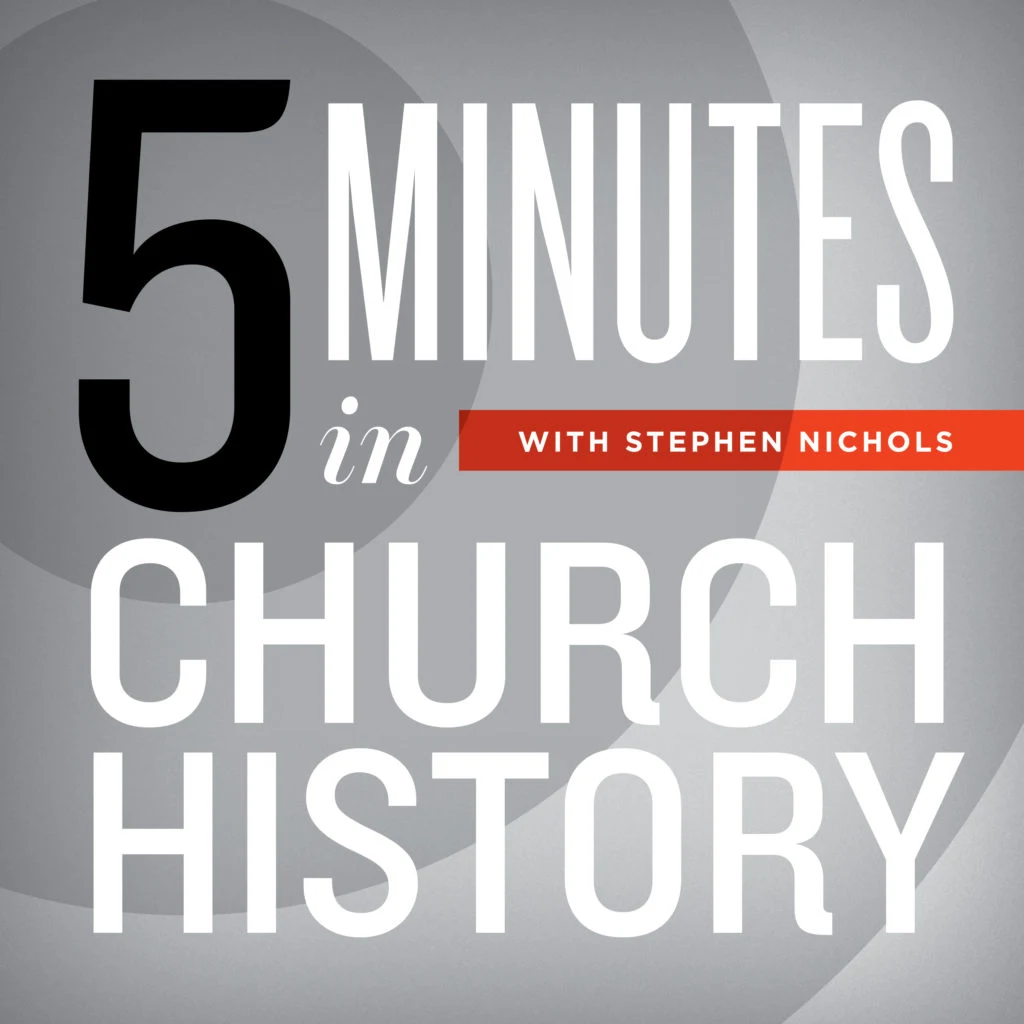Philadelphia Museum of Art Miscellany

On this episode of 5 Minutes in Church History, Dr. Stephen Nichols looks at a variety of paintings in the Philadelphia Museum of Art.
In addition to the Constantine Tapestries and its collection of medieval artwork, the Philadelphia Museum of Art has many fine paintings from well-known artists. I would like to describe a variety of paintings that stand out to me.
The first painting is a painting by the Italian Mattia Preti. His life spanned the seventeenth century. He was born in 1613 and died in 1699. This particular painting was created in 1656 and is titled St. John the Baptist Rebuking Herod. In this painting, Preti employs many of the Baroque techniques. It is a large-scale, impressive painting that employs light and shading to tell a story.
At the center of the painting is John the Baptist, and his face is illuminated. Off in the far corner of the painting, sitting on his throne, is Herod Antipas. A shadow crawls across his face. He has his chin resting on his arm, and he looks absolutely bored, as if he’s about to yawn. Preti has portrayed Herod as entirely apathetic to the prophet who is standing before him. John the Baptist’s arm is raised, and his bony finger is pointed directly at Herod as he calls him to repent for the sin of taking his brother’s wife, but Herod remains unfazed—entirely apathetic. We know how this story ends. John the Baptist is imprisoned and ultimately put to death.
Another notable painting in this museum is one of many created by Rembrandt as studies of Christ. This is one in a series of paintings under the title Head of Christ, each one being a portrait of Christ. Rembrandt was from Amsterdam, and he lived near the Jewish Quarter. He often used his Jewish neighbors as models, as he depicted many scenes from the Bible, and this particular portrait of Christ used one of these models.
There’s another painting in this art museum that’s absolutely frightening. It recalls one of the most chilling episodes in the Gospels known as the Massacre of the Innocents (Matt. 2:16–18). Francesco de Rosa is one of many artists who depicted this scene, and his work at the Philadelphia Museum of Art is particularly stunning. It is a very large painting, and in it, you see women of Bethlehem trying to protect their children from the Roman soldiers. The Roman soldiers, with their swords drawn and their muscular physiques, have sheer hatred and anger etched across their faces, as this haunting scene from the Gospels is depicted in Francesco de Rosa’s The Massacre of the Innocents.
Next, I would like to consider Vincent van Gogh’s Sunflowers. We often don’t think of Van Gogh as a figure in church history, but in fact, his father was a pastor, and Van Gogh himself studied divinity and theology. He was pursuing and considering the pastorate before he became an artist. In fact, between age twenty-five and twenty-seven, he served as a Protestant missionary in southern Belgium. He was serving there among a very small, very poor mining village. Van Gogh scholars will tell you that these years were his formative period. While he was busy as a missionary, he also spent a great deal of time sketching. He would sketch the faces of these workers and the common objects that he saw in the village.
Also in the Philadelphia Art Museum, there are a number of paintings by Edward Hicks. He was a Pennsylvania-born artist. He was born into an Anglican family, but he became a Quaker. Probably, his most well-known series is Peaceable Kingdom, wherein he painted a variety of scenes from the kingdom of God using the imagery of the wolf and the lamb from Isaiah 11. Hicks also liked to paint other biblical scenes, such as the animals boarding Noah’s Ark. You can find other paintings of Pennsylvania’s native son, the artist Edward Hicks, at the Philadelphia Museum of Art.
Aside from these miscellaneous paintings related to church history, you can find a relic to another well-known local hero. Outside the front entrance of the Philadelphia Museum of Art, at the top of the steps, there is a pair of Converse footprints belonging to a fictional boxer from a 1976 film.
Recent Episodes
A Little Church History of a Middle Colony: Early Influences
December 10, 2025|American Church History
Gunpowder and a Proclamation
December 3, 2025|Geographical Perspectives
Thanksgiving in Church History
November 26, 2025|American Church History
3 Sermons on the Hallelujah Chorus
November 19, 2025|General Church History
Charles Jennens’ Libretto
November 12, 2025|General Church History
Cyprian of Carthage: Crisis in the 3rd Century
November 5, 2025|General Church History
